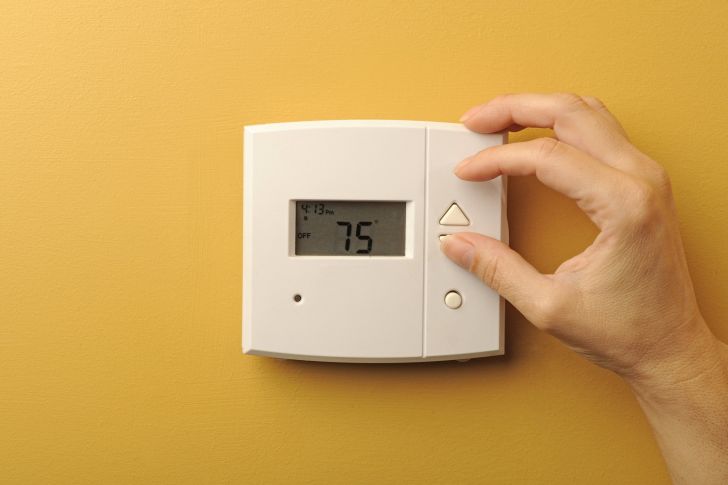Grants for Assisted Living are important especially because of the expensive monthly cost of this kind of service. Although normally assisted living is less expensive than conventional nursing home care, the cost can reach more than $6,000 in some states. Even the cheapest monthly cost of assisted living is more than $2,000.
Therefore, it is clear that most people wanting to get an assisted living need some kind of financial source to cover a part of the monthly expenses for day-to-day costs and the nursing service. Below are some of your options in the United States:
Grants Available for Assisted Living
Medicare/Medicaid
You can apply medicaid funded assisted living facilities depending on which state you’re living in, the Medicaid may be able to subsidize the living expenses for assisted homes, as long as you are living in a Medicaid-licensed facility. It is important to note that each of the state may have different policy about this nursing home care coverage. Some states do cover them, but others don’t. Therefore, the first step you should take is to take a good look to your state’s Medicaid eligibility guidelines. Aside of this standard Medicaid service, some states also add the Medicaid Waiver program that can help you cover both medical and non-medical services. Ask for the Section 1915(c) waiver at your state’s Medicaid office.
Supplemental Security Income
The SSI program can help you cover the daily living cost while you’re in assisted living homes. Again, some states have different policy about this. Some states provide the SSI for about $733 per month, while others requires additional payments before you can enjoy the Supplemental Security Income. The amount of payment differs from state to state. The eligibility of the SSI is determined by your income. Typically it is given to low income families.
Rental Assistance
People who have low income and need assisted living may qualify for the Department of Housing and Urban Development’s Section 202 or the Section 8 Senior Housing program. Both programs can help you cover the monthly room rental costs, but again the eligibility is based on your income. To be eligible for both programs, you need to have less than 50% of the median income of the area. In average, the 50% of median income in many areas in the US is $12,000. That means you need to earn less than $12,000 per year to qualify.
State Specific Programs
All of the options we’ve mentioned above come from the Federal government. To be honest, the competition for each grant is pretty rough, and you may have a better chance getting the funding for assisted living from local, regional or state government. Many of the state government acknowledge that they can save more money by providing financial assistance for the elderly for assisted living compared to relying on Medicaid nursing homes. These programs comes under various names, such as North Carolina Adult Care Home Assistance, Florida OSS for Seniors, Texas Community Care for Aged/Disabled, Ohio Residential State Supplement, etc. We highly recommend you to contact the United Way or your local Department of Health and Human Services to learn more about these opportunities for grants available for assisted living.
References:
- Aid & Attendance and Housebound – http://www.benefits.va.gov/pension/aid_attendance_housebound.asp
- State-by-State Eligibility for Medicaid Long-Term Care – http://www.nolo.com/legal-encyclopedia/state-state-eligibility-medicaid-long-term-care
- Financial Assistance and Funding Options for Assisted Living – http://www.payingforseniorcare.com/longtermcare/paying-for-assisted-living.html
- Image: senioronesource.net/




